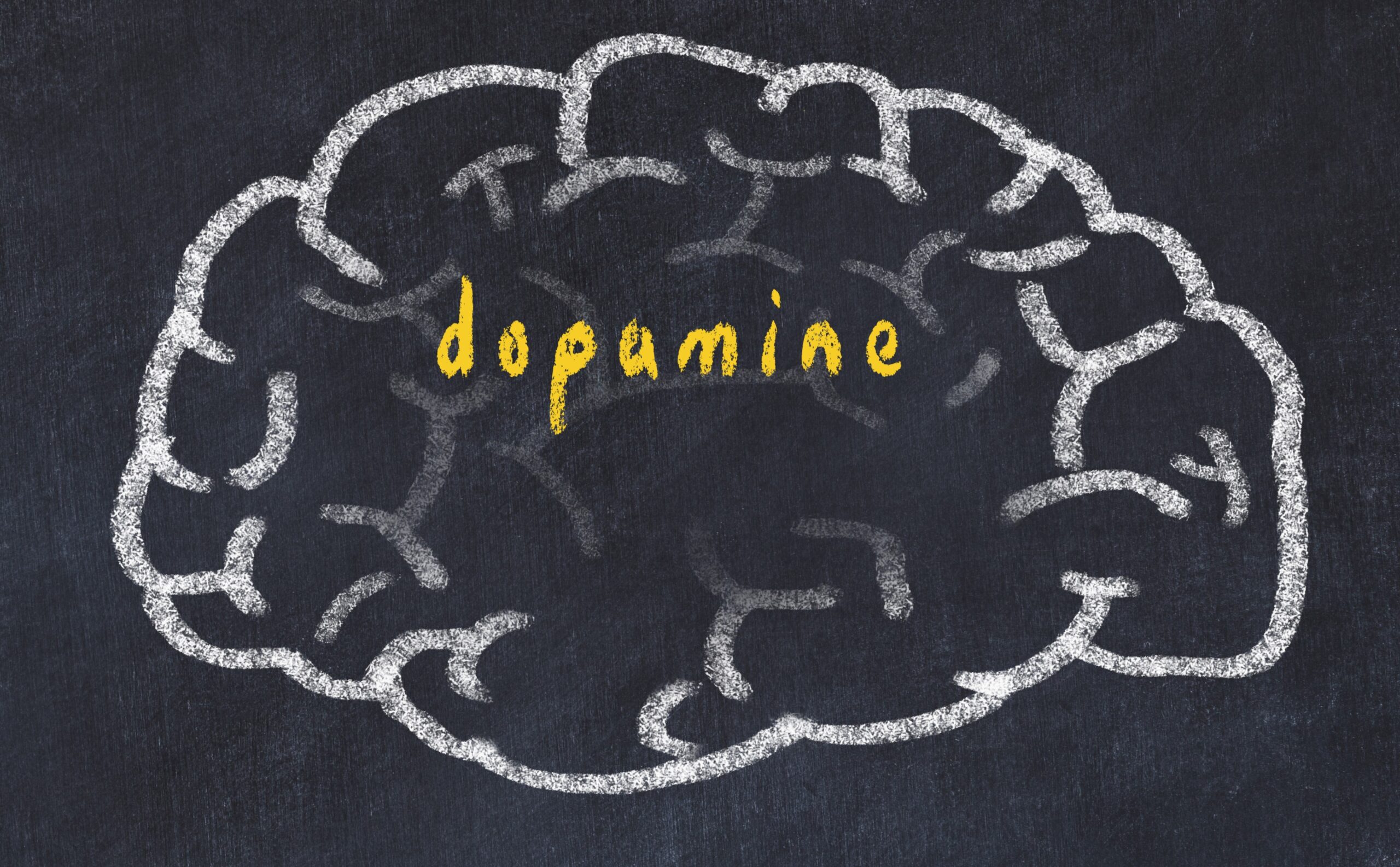“What we have found, essentially, is a biological signature of desire that helps us explain why we want to be with some people more than other people,” said senior author Zoe Donaldson, associate professor of behavioral neuroscience at CU Boulder.
This study centers around prairie voles which are part of the small group of 3-5% of mammals that form monogamous pair bonds. Much like humans, voles tend to couple up with a partner for the long term, seeming to prefer to share a home, raise their offspring together, and experience/express something akin to grief when they lose their partner. The findings provide insight into what happens inside the brain to make intimate relationships possible, and how we get over it when the bonds are severed from a neurochemical perspective; revealing that dopamine plays a critical role in keeping love alive.
“As humans, our entire social world is basically defined by different degrees of selective desire to interact with different people, whether it’s your romantic partner or your close friends,” said Donaldson. “This research suggests that certain people leave a unique chemical imprint on our brain that drives us to maintain these bonds over time.”
Using state-of-the-art neuroimaging technology the researchers measured in real time what happened in the vole’s brain as it tried to reach its pair bonded partner. One scenario had the vole press a level to open a door leading to its partner, and in another, it had to climb a fence to be reunited. While this was occurring tiny fiber optic sensors tracked activity in the vole’s nucleus accumbens brain region that is responsible for motivating seeking out rewarding things, like food, water, or drugs of abuse.
Previous research has demonstrated that this area lights up in humans when holding their partner’s hand. First author Anne Pierce explained that in this study each time a sensor detects a spurt of dopamine it lights up. When the voles pushed the lever to open the door or climbed over the wall to be reunited with their partner the fibers “lit up like a rave” and the sensor “lights up like a glowstick”. She also said that the light party continued as the pair snuggled and sniffed one another. However, when a random vole was on the other side of the door or wall the glow stick light dimmed, and in a previous study the vole did not try as hard.
“This suggests that not only is dopamine really important for motivating us to seek out our partner, but there’s actually more dopamine coursing through our reward center when we are with our partner than when we are with a stranger,” said Pierce.
In another study, the bonded vole pair was kept apart for 4 weeks, in the wild this amount of time would be enough for the animals to seek another partner. After four weeks when they were reunited, they remembered each other but the dopamine signature had almost vanished. Indicating that their fingerprint of desire was gone, and as far as their brains were concerned their former partner was now indistinguishable from any other random vole.
“We think of this as sort of a reset within the brain that allows the animal to now go on and potentially form a new bond,” Donaldson said.
Although the researchers say that more experiments are needed to determine if the same results can translate to humans; for those who have experienced the loss of a loved one or those who have undergone a painful breakup, these findings could be good news: suggesting that the brain has an inherent mechanism to protect us from experiencing crushing endless unrequited love. Ultimately the findings may have implications for those who have trouble forming close relationships or for those who have trouble getting over loss.
“The hope is that by understanding what healthy bonds look like within the brain, we can begin to identify new therapies to help the many people with mental illnesses that affect their social world,” said Donaldson.
Accompanying video: https://www.youtube.com/watch?v=qc9t-Pb7esA




